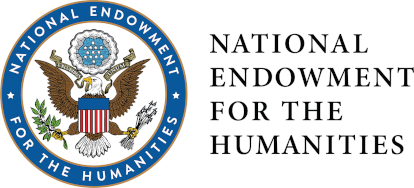Project
Intellectual Significance
LOTB is the first full-scale study of the life of the Buddha in a Tibetan setting. Scholars of Buddhist traditions in other regions of Asia have explored the synergies between Buddhist temple murals, narrative literature, and the architectural setting and ritual practices of the institutions that helped produce them. Such work has focused on, for example, sites at Ajanta in India, Dunhuang in China, and Borobudur in Indonesia. The unique Tibetan archive of visual and literary materials extant for Jonang allows us to explore issues such as the planning and design of visual narratives, the relationships between written and painted life stories, the economies of artistic production in a monastic setting, and forms of institutionally sponsored ritual consecration and worship.
Buddhism in Tibet is frequently said to have formed around the activities of charismatic teachers, great founding figures such as Padmasambhava (8th c.) and Milarepa (11th c.). While there is some truth in this, in its most extreme form this claim led to the appellation “Lamaism,” suggesting that Tibet’s Buddhist traditions focused only on the Tibetan lama or “master,” and were divorced from the founding figure of the Buddha altogether. Such a characterization is, of course, at odds with Tibet’s cultural history, where the life of Buddha Śākyamuni formed a persistent theme in narrative texts, ritual practices, and the visual arts. This generalized image of Tibetan religion as “Buddhism without the Buddha” has resulted in gross ignorance of the rich stories of the Buddha in Tibetan art and literature. In documenting Tibet’s most significant corpus of literary, ritual, and visual materials depicting the life of Śākyamuni Buddha, this project re-foregrounds the central importance of the Buddha within the Tibetan cultural world. In particular, LOTB examines how images and texts concerning Śākyamuni served as a broad organizing principle for Tāranātha’s monastic seat at Jonang in Western Tibet. Tāranātha’s narrative was innovative; he utilized little-known elements from Vinaya, or monastic conduct literature rather than the later Mahāyāna sūtras used by almost every other Tibetan writer. Jonang’s is thus a rare, and perhaps unique, example of an extant Buddha life mural in Tibet drawn from Vinaya sources. Tāranātha’s emphasis on Śākyamuni as a central organizing principle formed a “Buddha Program”: a total cultural program consisting of a large body of Tāranātha’s writings and religious artwork. This Buddha Program afforded Jonang Monastery an institutional caché that worked in two directions, one looking south to India, reflecting Tāranātha’s well-known Indophilia, the other looking east to the central Tibetan region of Ü, reflecting the period’s political turmoil.







